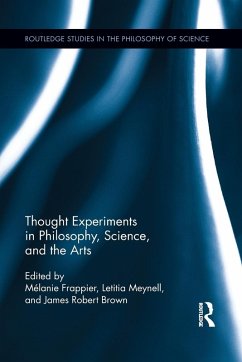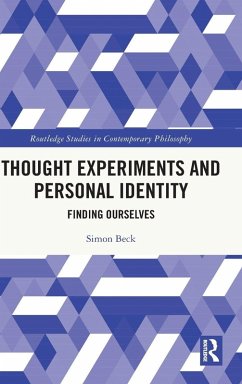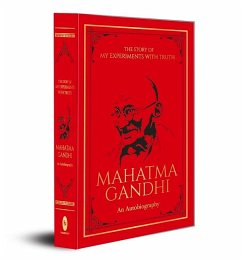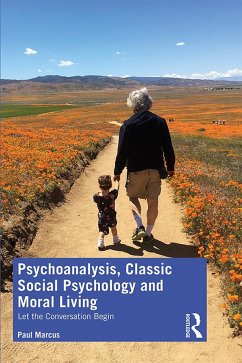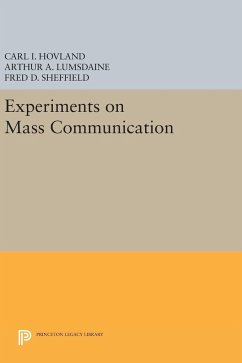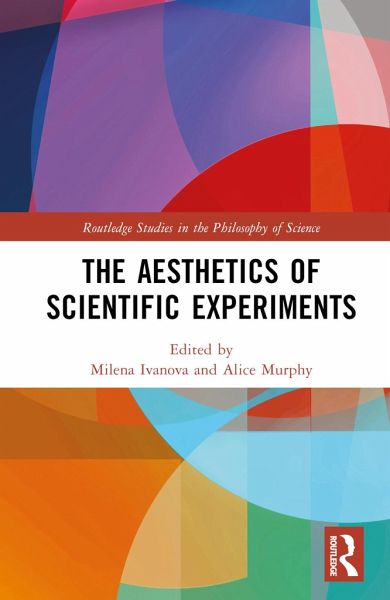
The Aesthetics of Scientific Experiments
Versandkostenfrei!
Versandfertig in 1-2 Wochen
167,99 €
inkl. MwSt.

PAYBACK Punkte
84 °P sammeln!
The relationship between aesthetics and science has begun to generate substantial interest. However, for the most part, the focus has been on the beauty of theories, and other aspects of scientific practice have been neglected. This book offers a novel perspective on aesthetics in experimentation via ten original essays from an interdisciplinary group comprised of philosophers, historians of science and art, and artists. The collection provides an analysis of the concept of beauty in the evaluation of experiments. What properties do practising experimenters value? How have the aesthetic proper...
The relationship between aesthetics and science has begun to generate substantial interest. However, for the most part, the focus has been on the beauty of theories, and other aspects of scientific practice have been neglected. This book offers a novel perspective on aesthetics in experimentation via ten original essays from an interdisciplinary group comprised of philosophers, historians of science and art, and artists. The collection provides an analysis of the concept of beauty in the evaluation of experiments. What properties do practising experimenters value? How have the aesthetic properties of scientific experiments changed over the years? Secondly, the volume looks at the role that aesthetic factors, including negative values such as ugliness, as well as experiences of the sublime and the profound, play in the construction of an experiment and its reception. Thirdly, the chapters provide in-depth historical case studies from the Royal Society, which also allows for a study of the depiction of scientific experiment in artworks, as well as contemporary examples from the Large Hadron Collider and cases of experiments designed by artificial intelligence. Finally, it offers an exploration of the commonalities between how we learn from experiments on the one hand and the cognitive value of artworks on the other. The Aesthetics of Scientific Experiments will be of interest to researchers and advanced students working in philosophy and history of science, philosophy and history of art, as well as practising scientists and science communicators.





